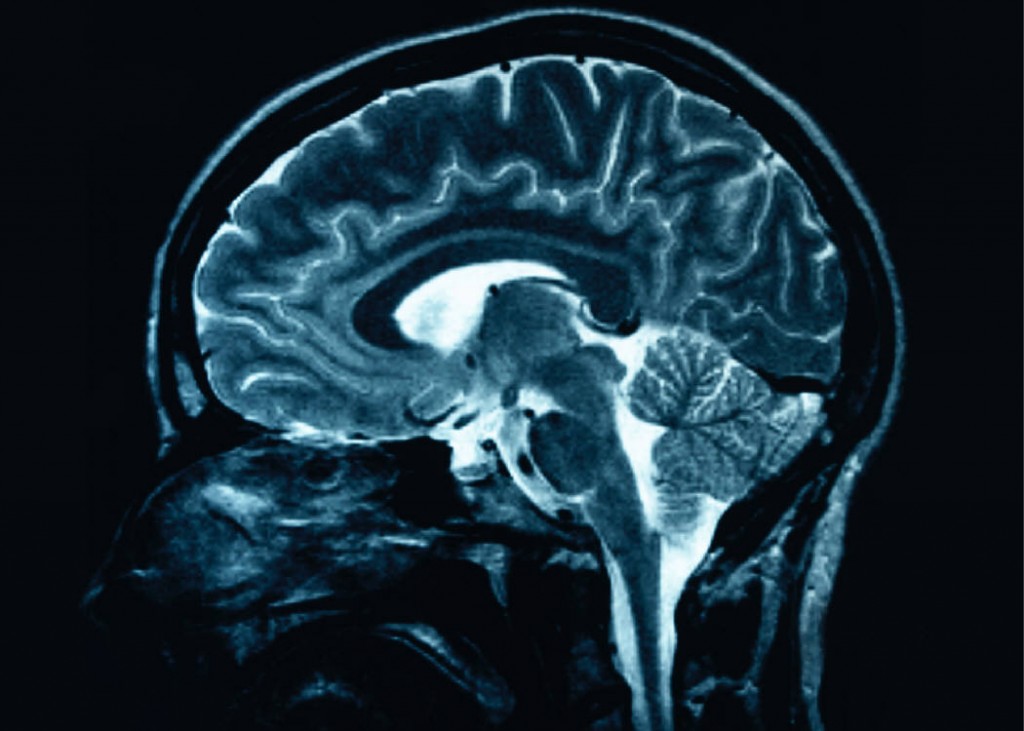Valuing Strengths:
Can You Rewire Your Brain’s Default Setting?
When Dave walked into the office on the first day of his new job, the first person he saw was Nicole. And he didn’t like what he saw.
Nicole’s hands fluttered over a messy desk as she spoke on a cell phone, simultaneously checking email and sorting through her interoffice memo box. Dave’s logical mind immediately categorized Nicole as disorganized, flighty, and distracted.
 Research reveals an explanation for Dave’s judgmental attitude: negativity bias.
Research reveals an explanation for Dave’s judgmental attitude: negativity bias.
The brain’s default setting is wired to pay more attention to negative experiences than positive ones, studies have found. John T. Cacioppo, Ph.D. and his colleagues at Ohio State University showed that negative stimuli produce stronger electrical activity in the brain than positive or neutral stimuli. Further, a Yale University research team led by J. Kiley Hamlin discovered that three-month-olds process negativity just as adults do, suggesting that the negativity bias is instinctual rather than conscious in humans.
The Brain Stacks the Deck Towards the Negative
Just one area of the brain (the left hemisphere) is assigned to process positive information. Meanwhile, two areas are devoted to negative input: the right hemisphere and amygdala – and two-thirds of the amygdala’s neurons are dedicated to searching for negative experiences.
In contrast, it takes five to twenty seconds for positive experiences to even register in the brain, and they have to be held there for more than 12 seconds in order to transfer from short-term memory to long-term memory.
Re-Wiring: A Conscious Choice to Seek the Truth
Negativity bias is unconscious – a default setting in which the brain alerts itself to potential threats, which explains Dave’s initial reaction to Nicole. As a systematic, rational thinker Dave felt threatened by stimuli that represented chaos or disorder, especially when he faced the stress of a new environment.
Fortunately, Dave was aware of the logical lens he used when meeting people. The brain, he knew, had the ability to reorganize itself with more input, changing connections in response to new information.
Over the next few weeks, Dave consciously chose to seek the truth about Nicole’s strengths rather than trust his first reaction. He noticed that Nicole’s seemingly muddled desk masked her ability to multi-task. Nicole managed calendars, correspondence, and details for several executives with ease. Her attitude was perpetually pleasant and professional. Dave came to value Nicole so much that when he qualified to be assigned his own full-time administrator, he requested her.
Dave’s negativity bias could have stood in the way of what became a productive partnership – one in which Dave relied on Nicole’s strengths to do his job well. But instead, he made a conscious decision to seek out complete information and use it.
Dave had learned a valuable principle: the human brain’s default setting may be negative, but that wiring can be re-routed with the truth.
More Devotionals from Ministry Insights
Devotional: Focus on the A’s, Not the Fs
Devotional: Is Your Eyesight Fuzzy or Clear?
Devotional: Pen in Hand: Embracing Your Strengths
Devotional: Individuality or Conformity – Must You Choose?
Devotional: Understanding Others’ Strengths – Do You Have a Good View?
Devotional: How to Avoid “The Unimportance Trap”
